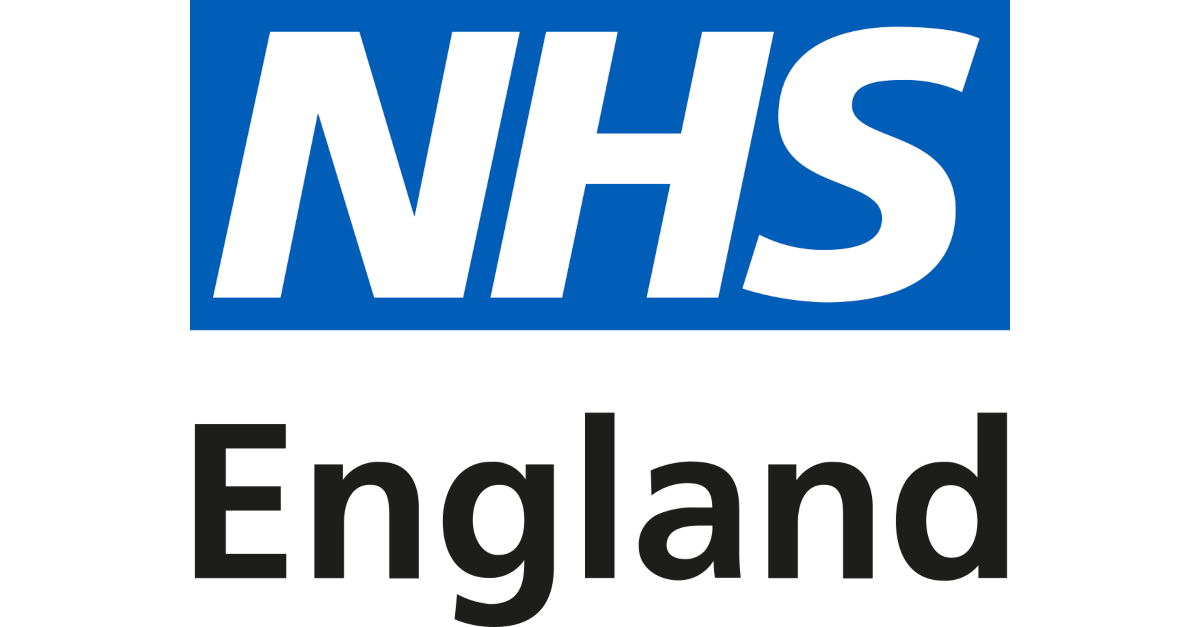Beyond Borders: How Global Healthcare Access
is Changing in 2025
The landscape of global healthcare is shifting dramatically,
breaking down traditional barriers and creating new pathways for patients to
receive care—regardless of where they call home. In this increasingly
interconnected world, healthcare access is undergoing a remarkable
transformation.
The Digital Revolution in Cross-Border Care
Remember when seeking medical treatment abroad meant extensive
planning, multiple phone calls, and stacks of paperwork? Those days are rapidly
fading. Digital platforms now connect patients with healthcare providers across
continents with unprecedented ease. Virtual consultations have become
commonplace, allowing specialists to evaluate patients without either party
boarding a plane.
This digital transformation extends beyond mere consultations.
Electronic health records can now travel with patients, ensuring continuity of
care across borders. Imagine having your complete medical history accessible to
a doctor in Barcelona or Bangkok with the same ease as your hometown physician.
This seamless information flow is revolutionising how patients experience
international healthcare journeys.
Cultural Competence Takes Centre Stage
As global healthcare access expands, so too does the recognition
that effective care must be culturally sensitive. Healthcare providers are
increasingly investing in cultural competence training, ensuring they
understand the nuanced needs of diverse patient populations.
This shift represents more than just language translation services
(though those remain vital). It encompasses a deeper understanding of how
cultural backgrounds influence health beliefs, treatment preferences, and
patient-provider interactions. Forward-thinking healthcare organisations now
recognise that cultural competence isn’t merely a nice-to-have addition—it’s
fundamental to providing truly accessible global care.
Patient-Centred Financing Models
Perhaps the most significant barrier to global healthcare access
has always been financial. Traditional insurance models often stop at national
borders, leaving international patients facing prohibitive out-of-pocket costs.
This reality is changing as innovative financing solutions emerge.
New insurance products specifically designed for cross-border care
are gaining traction. These offerings provide coverage regardless of where
treatment occurs, liberating patients to seek the best care options globally
without financial penalties. Meanwhile, healthcare providers are developing
more transparent pricing models, allowing patients to understand costs before
travelling for treatment.
Collaborative Care Networks
The old paradigm of disconnected healthcare systems operating in
isolation is giving way to collaborative international networks. Teaching
hospitals in London coordinate with specialists in Mumbai. Research
institutions in Toronto share findings with clinics in Cape Town. This global
collaboration elevates care standards everywhere.
These networks facilitate not just patient referrals but also
knowledge exchange. When a doctor in Edinburgh develops an innovative treatment
approach, that knowledge can rapidly benefit patients worldwide. This free flow
of expertise means patients increasingly receive care informed by global best
practices, not just local traditions.
Looking Forward
As we navigate through 2025, the trajectory is clear: healthcare
is becoming truly borderless. Geographic limitations that once defined where
and how patients receive care are dissolving. In their place, a more connected,
accessible global healthcare ecosystem is emerging—one where quality care is
increasingly available to all, regardless of passport or postcode.
The promise of truly global healthcare access remains a work in
progress. Challenges persist in regulatory harmonisation, payment systems, and
ensuring equitable access across economic divides. Yet the momentum toward a
more connected healthcare world continues to build, bringing us closer to a
future where borders no longer determine the quality of care patients receive.

